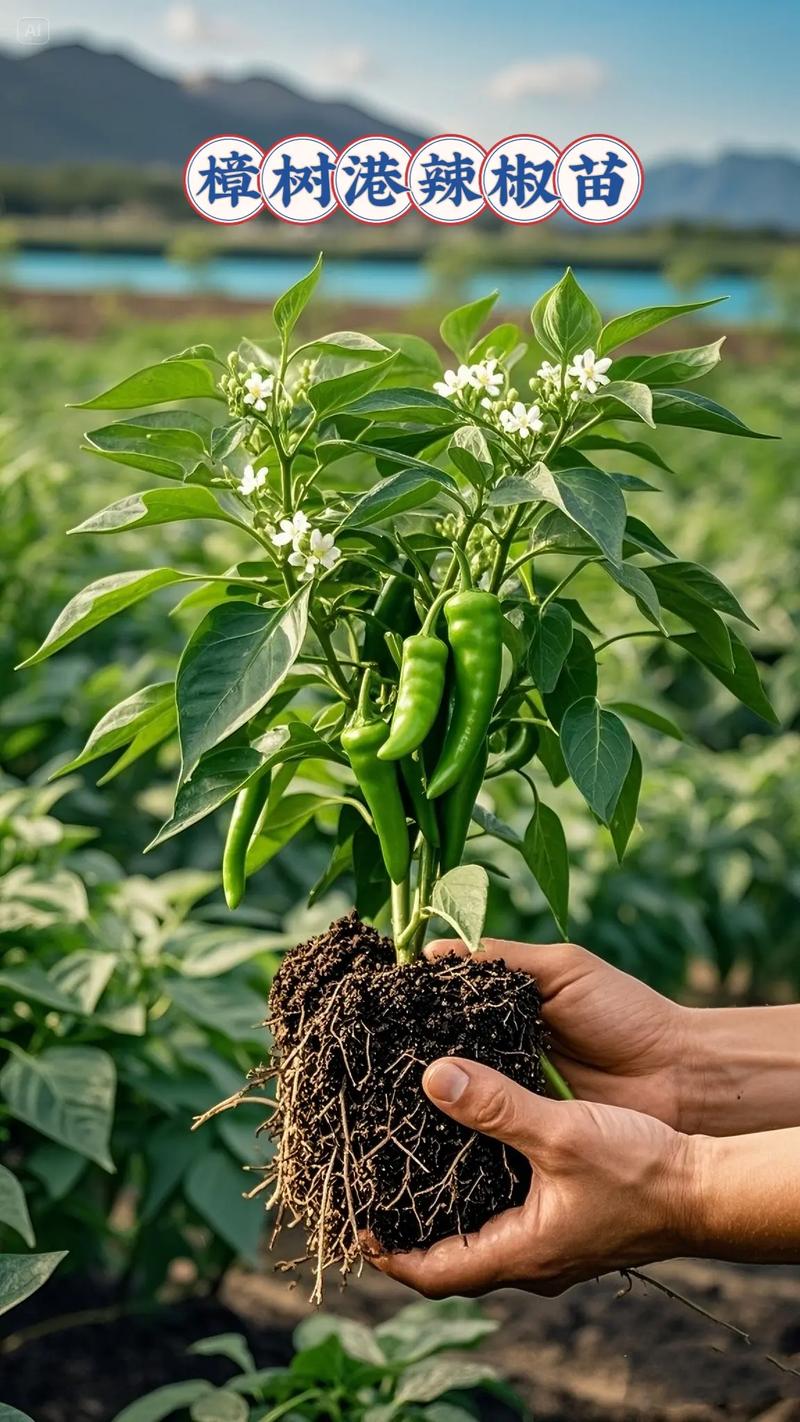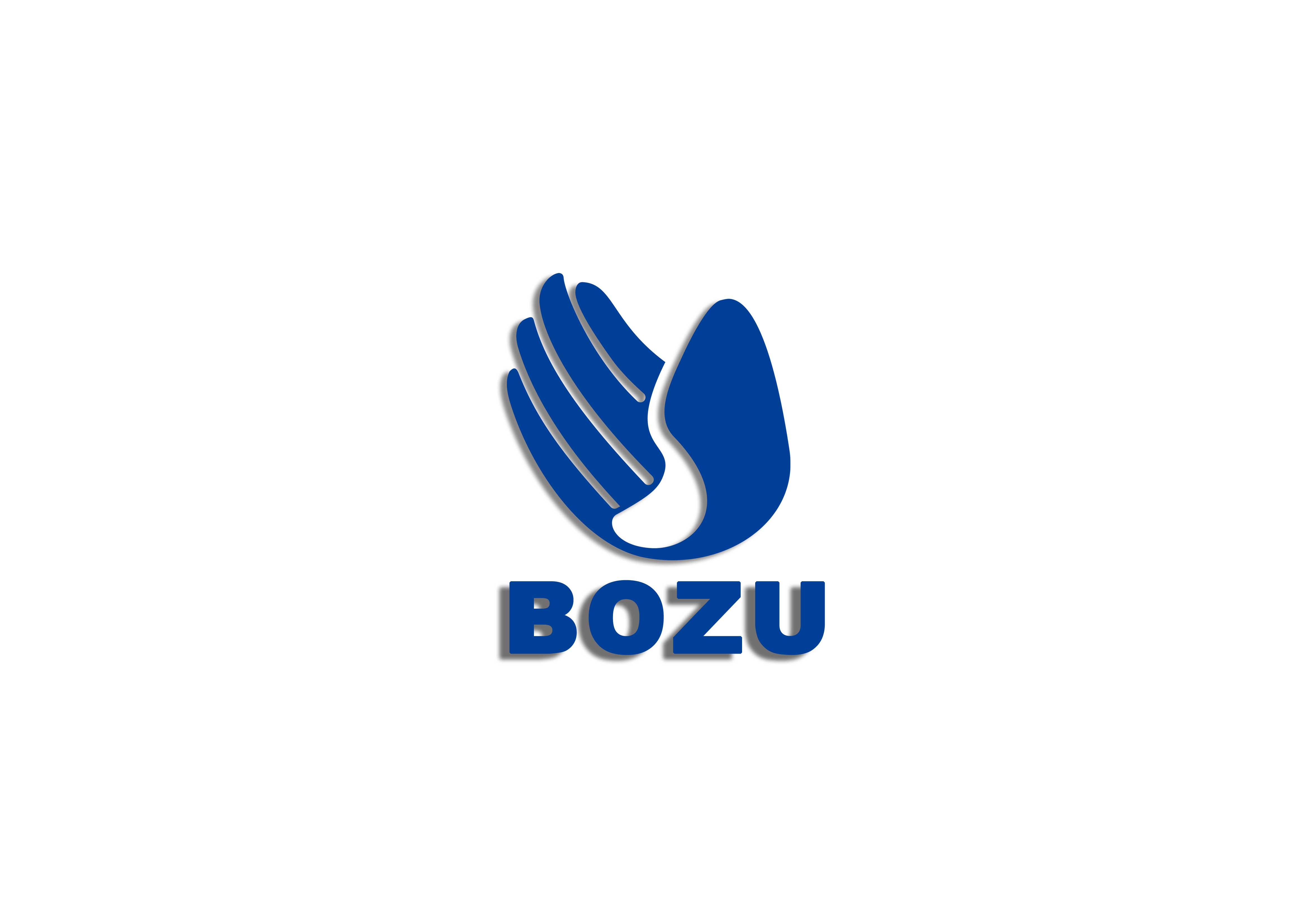
I. Pepper Fertilizer Requirements
1. Seedling Stage: Pepper seedlings require relatively few nutrients, but they require a comprehensive and balanced supply of nutrients. Nitrogen promotes rapid leaf growth, increases leaf area, and lays the foundation for photosynthesis, ensuring robust growth. Phosphorus focuses on promoting root development, making the root system more robust and deeper, thereby enhancing the seedling's ability to absorb nutrients and water. Adequate potassium improves the seedling's resistance to stress, enabling it to better adapt to environmental changes such as temperature fluctuations and disease. Generally, the optimal ratio of nitrogen, phosphorus, and potassium during the seedling stage is approximately 1:0.5:0.6. Insufficient or unbalanced nutrient supply during this stage can easily lead to slow and weak seedling growth, hindering later growth and fruiting.
2. Flowering Stage: During the flowering stage, pepper's nutrient requirements increase significantly. Adequate phosphorus is key to promoting flower bud differentiation and development, improving flower quality, increasing pollination success, and ultimately, fruit set. During this period, an adequate nitrogen supply is essential to maintain plant vigor. However, excessive nitrogen can cause excessive growth, leading to an imbalance between vegetative and reproductive growth. This can deprive flower buds of adequate nutrients and hinder fruit set. Potassium during the flowering period helps enhance the plant's stress resistance and promotes the transport of photosynthetic products to the reproductive organs, accumulating energy for fruit development. The nitrogen, phosphorus, and potassium ratio during flowering is approximately 1:1.2:1.
3. Fruiting Period: The fruiting period is the peak period for peppers to require fertilizer. As the fruit continues to expand and increase in number, the demand for potassium increases dramatically. Potassium promotes fruit size, increases fruit weight, and improves fruit quality, resulting in a vibrant color and a rich, spicy flavor. Adequate nitrogen ensures continued plant growth, maintains leaf photosynthesis, and provides sufficient nutrients for the fruit. Phosphorus continues to play a vital role in fruit development, promoting fruit ripening and seed development. The nitrogen, phosphorus, and potassium ratio during the fruiting period is typically 1:0.8:1.5. Insufficient nutrient supply during this period can result in smaller fruit, an increase in deformed fruit, and reduced yield. (II) Requirements for Minor and Trace Elements
1. Calcium: Calcium is essential for pepper growth. It is a crucial component of the cell wall, enhancing its strength and stability. During pepper fruit growth, adequate calcium can effectively reduce the occurrence of navel rot, increase fruit firmness, and enhance storage and transport durability. Calcium deficiency can lead to water-soaked lesions on the top of the fruit, which then expand, become sunken, and turn dark brown, seriously affecting fruit quality.
2. Magnesium: Magnesium is a core component of chlorophyll and is directly involved in photosynthesis. Magnesium deficiency in peppers hinders chlorosis, causing leaf chlorosis and reduced photosynthesis efficiency, leading to slow plant growth and poor fruit development. Magnesium deficiency is particularly prevalent in peppers during their later stages of growth, when the plant's ability to absorb magnesium decreases, making magnesium deficiency more likely. Magnesium fertilizer supplementation is therefore necessary.
3. Boron: Boron has a significant impact on pepper reproductive development, promoting pollen germination and pollen tube elongation, increasing pollination and fertilization success rates and, consequently, fruit set. Boron deficiency can cause peppers to flower without fruit and produce deformed fruits, seriously affecting yield and quality. Appropriate boron supplementation during the flowering period can effectively alleviate these problems.
4. Zinc: Zinc is involved in the synthesis and metabolism of multiple enzymes in peppers, significantly impacting plant growth, photosynthesis, and stress resistance. Zinc promotes growth and enhances resistance to pests and diseases. Zinc deficiency can lead to stunted pepper plants, yellowing of leaves, and shortened internodes, severely impacting yield.
II. Key Fertilization Techniques
(I) Base Fertilizer Application
1. Fertilizer Selection: Base fertilizer should primarily be organic, such as well-rotted farmyard manure, compost, and manure. Organic fertilizers not only provide peppers with macronutrients such as nitrogen, phosphorus, and potassium, but also supplement trace elements. Their nutrients are released slowly, resulting in a long-lasting effect, meeting the long-term growth needs of peppers. Furthermore, organic fertilizers improve soil structure, increase soil organic matter content, and enhance soil water and nutrient retention, creating a favorable environment for pepper root growth. Appropriate amounts of fertilizer, such as triple compound fertilizer and superphosphate, can meet the concentrated nutrient needs of peppers during their early growth stages. Generally, apply 3,000-5,000 kg of farmyard manure, 30-50 kg of triple compound fertilizer, and 50-80 kg of superphosphate per mu.
2. Application Method: Before planting peppers, evenly spread organic and chemical fertilizers on the soil surface. Then, deep plow to a depth of approximately 30-40 cm to thoroughly mix the fertilizers into the soil. This ensures even distribution of the fertilizers throughout the soil, facilitating root absorption and laying a solid foundation for growth.
(II) Topdressing
1. Seedling Stage Topdressing: After pepper seedlings are planted, a topdressing application can be performed to promote rapid seedling establishment and growth. Use nitrogen fertilizer as the primary fertilizer, supplemented with appropriate amounts of phosphorus and potassium fertilizers. Apply 5-8 kg of urea or 10-15 kg of ammonium sulfate per mu, along with an appropriate amount of potassium dihydrogen phosphate. Apply fertilizer during the flowering period. Dig trenches or holes 10-15 cm from the plants, apply the fertilizer, cover with soil, and water to quickly dissolve and absorb it. This topdressing helps the seedlings quickly resume growth and enhance their resilience.
2. Topdressing during the flowering period: Apply fertilizer during the flowering period when the first spike of pepper flowers opens. Phosphorus fertilizer should be the primary fertilizer, supplemented with appropriate amounts of nitrogen and potassium fertilizers to promote flower bud differentiation and fruit set. Apply 15-20 kg of diammonium phosphate and 10-15 kg of potassium sulfate per mu. Apply fertilizer during the flowering period by digging trenches between the rows, applying the fertilizer, and then covering with soil and watering. Topdressing during the flowering period is crucial for increasing fruit set and fruit quantity.
3. Topdressing during the fruiting period: The fruiting period is the most critical time for topdressing peppers, and multiple topdressings should be applied based on fruit expansion. Generally, the first topdressing during the fruiting period is performed when the first bunch of fruits begins to swell. Apply 20-30 kg of triple compound fertilizer per mu (approximately 200-300 kg) of this fertilizer per mu (approximately 200-300 kg). As the fruits continue to be harvested, topdressing should be performed every 10-15 days, with 15-20 kg of triple compound fertilizer per mu (approximately 200-300 kg). In the later stages of the fruiting period, nitrogen fertilizer can be applied to prevent premature aging, with 5-8 kg of urea per mu (approximately 200-300 kg). Topdressing should be applied gradually away from the roots as the plant grows to avoid root burn. Topdressing during the fruiting period ensures continuous fruiting and improves fruit yield and quality.
(III) Foliar Fertilization (Foliar Application)
1. Applicable Situations: Foliar fertilization is an important supplemental method for pepper fertilization. It can be used when the plant shows signs of nutrient deficiency, when soil fertilization is inconvenient, or when a quick nutrient replenishment is needed. For example, spraying boron fertilizer during the flowering period to increase fruit set and calcium fertilizer during the fruit expansion period to prevent navel rot can be used. 2. Fertilizer Selection and Concentration: Common foliar fertilizers include potassium dihydrogen phosphate, borax, zinc sulfate, and calcium nitrate. The spray concentration of potassium dihydrogen phosphate is generally 0.2% - 0.3%, borax 0.1% - 0.2%, zinc sulfate 0.05% - 0.1%, and calcium nitrate 0.5% - 1%. Ensure the fertilizer is fully dissolved and diluted to ensure even application.
3. Spraying Time: Foliar fertilizers should be applied in the morning or evening on sunny days, avoiding periods of high temperature and strong sunlight to prevent leaf burns. Spraying should evenly cover both sides of the leaves to maximize fertilizer absorption.




